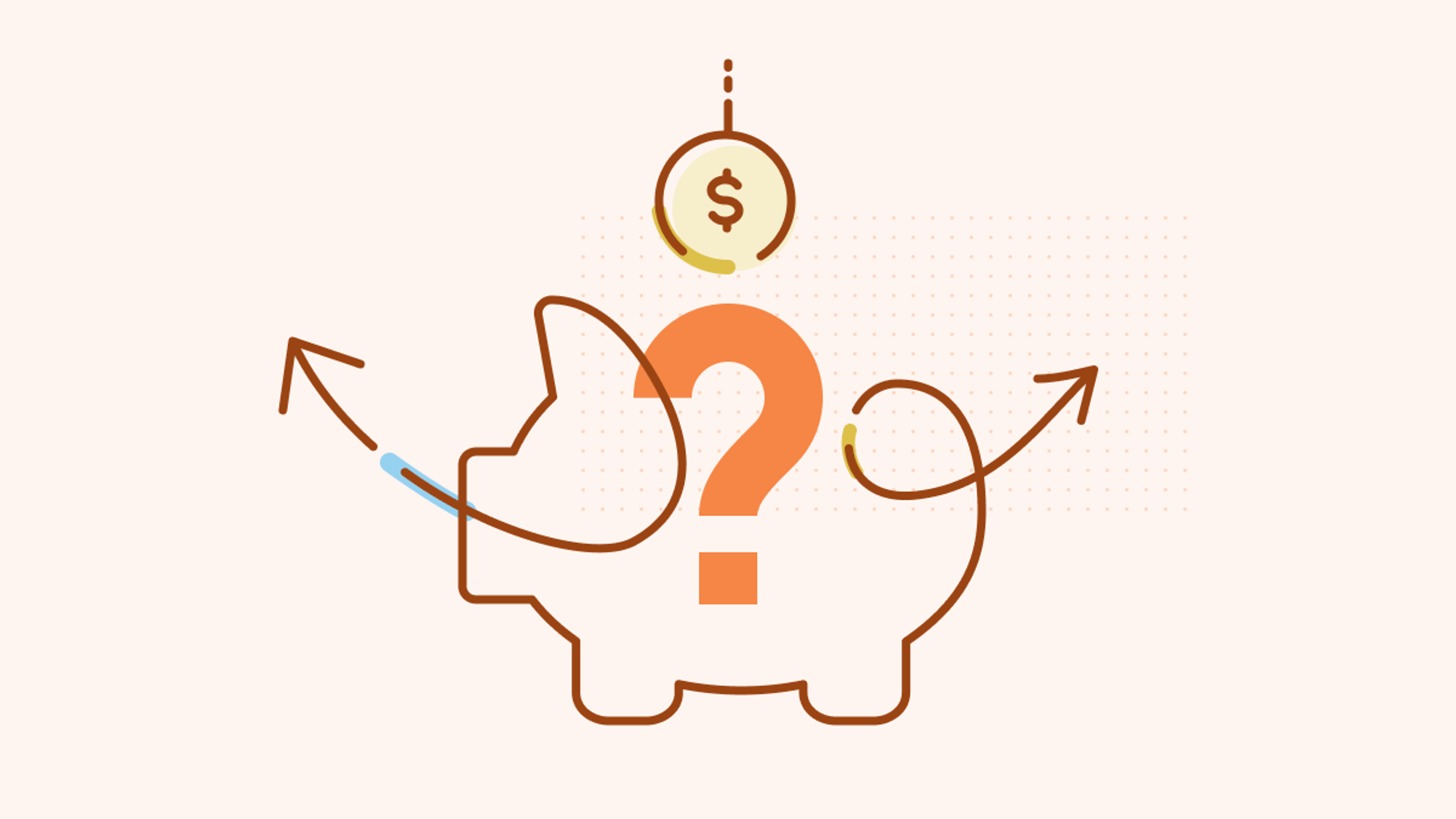Employer Retirement Guide: Which Type of Retirement Plan Is Right for You?

Last Updated: December 12, 2024
With over a dozen states mandating that businesses offer a retirement program to their employees and other states debating similar legislation, the incentive for your business to offer a retirement program has never been greater. However, this can lead one to wonder, “Which type of program is right for my business?”
In this article, we’ll be reviewing the different types of employer-sponsored retirement programs and explaining their merits so you can make the choice that’s right for your business and your employees.
Plan Type #1: 401(k) Plans
With over 100 million savers participating in retirement plans, the 401(k) is the most popular type of employer-sponsored retirement program by far. A 401(k) is a type of defined contribution plan, which means that employees decide how much to contribute to their account, up to the maximum amount of $23,500 in 2025. This type of plan is flexible, allowing employers to offer contributions as either a traditional pre-tax, Roth, or both.
Under a traditional 401(k), contributions are taken out of an employee’s paycheck before income taxes are calculated, giving them immediate tax savings. Under a Roth 401(k), contributions are made using after-tax dollars, so while employees will contribute less on average, they won’t have to pay taxes on their contributions after age 59 ½. Contributions are invested in mutual funds and other investment vehicles, which tend to grow in value over time and may enable a comfortable retirement.
Plan Type #2: SIMPLE IRA
A SIMPLE IRA plan, as the name might imply, provides small businesses with a simplified way of contributing toward their employees' and the business owner’s retirement savings. SIMPLE IRA plans are restricted to businesses with fewer than 100 employees, so it is a truly small employer-focused plan. Also, similar to a 401(k) plan, employees may choose to contribute toward the plan on a pre-tax basis, bringing immediate tax benefits to them.
The biggest difference between a 401(k) and SIMPLE IRA is that employees can contribute up to $23,500 in a 401(k) compared to only $16,500 in a SIMPLE IRA. Second, SIMPLE IRA plans lack the flexibility that is built into a 401(k) plan. Employers must contribute 2-3% of an employee’s pay with very little flexibility for who is eligible to participate. This applies even if the employee does not contribute themself.
With the falling cost to set up a 401(k)plan, many business owners are opting for a 401(k) rather than a SIMPLE IRA as the cost of 401(k) plans has fallen in recent years.
Plan Type #3: SEP (Simplified Employee Pension) Plans
SEP Plans are most commonly offered by sole proprietors or other self-employed individuals. Summed up, these plans are similar to SIMPLE IRA plans with one key difference: Employees cannot add elective contributions toward a SEP plan; only employers can make contributions. To that end, SEP plans also give employers significantly more flexibility in when they contribute and the size of each contribution.
Plan Type #4: Profit Sharing Plans
A profit sharing plan is a defined contribution plan that allows employers to make a contribution as a percentage of plan compensation or a flat dollar amount, depending on the terms of the plan document. Employers can decide how much to contribute based on the company's profits or other cash flows after the plan year ends. These plans provide employers with flexibility in the design of the plan, including fixed or discretionary contribution formulas.
Learn more about profit sharing plans here.
Plan Type #5: Employee Stock Ownership Plans (ESOPs)
Employee stock ownership plans allow businesses to provide stock to their employees, typically by holding the provided shares in a trust for safety and growth until the employee retires or resigns. After this exit event, the business purchases the vested shares back from the employee, with the money going to them in a lump sum or in periodic payments, depending on the plan.
A key advantage that ESOPs offer over other forms of retirement programs is that they incentivize employees to care about the company’s overall performance, as employees seek to grow the value of their own shares.
Plan Type #6: Cash-Balance Plans
Working primarily with older employees? Then a cash-balance plan may be the solution for you. Cash-balance plans give employees an account similar to that of a 401(k), but with two key differences:
- Earnings do not accrue based on investment performance. Instead, they grow a fixed percentage each year, usually in line with the yield on 30-year Treasury bonds.
- Cash balance contributions are age-dependent. The older the saver, the higher the amount is because they have fewer years to save before their eventual retirement.
If your business is in an industry with older employees on average, then offering a cash-balance plan could go a long way toward recruiting and retaining top talent.
Interested in Starting a New Plan? Take the First Step Here.
Running a business is hard, but running your 401(k) shouldn't be. Fortunately, Vestwell can help. Vestwell is a digital retirement plan platform that makes it easier for you to offer and administer a company-sponsored 401(k) or 403(b). By combining technology with best-in-class retirement plans and user-first design, Vestwell offers a wide range of services to businesses everywhere.
If you are an employer interested in setting up a 401(k) account for your business, you can contact Vestwell to determine if you are eligible to receive up to $16,500 in tax credits over three years, which can help cancel out administration costs. Interested? Learn more here.